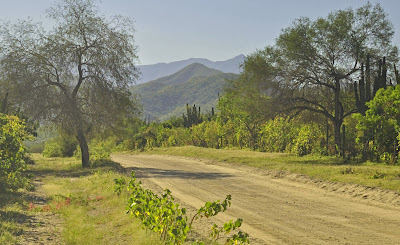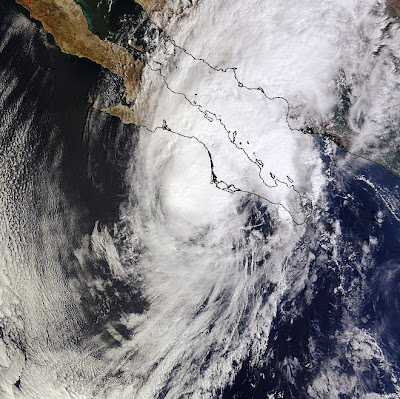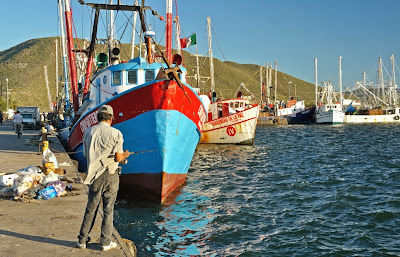We found the first scorpion in the house a few days after we
arrived. I was in bed arranging books on the night table when I bumped the
small, wooden lamp; a scorpion dashed out from beneath the base and disappeared
over the back. I moved the night table, but the scorpion was gone. In the
morning, we moved the furniture, but couldn't find it. A couple days later,
Rande saw a scorpion on the wall in the bathroom similar to the one on the
night table. I dispatched it with a fly swatter. Rande identified it on the Internet as a bark scorpion (Centruroides
exilicauda). So far, we've found seven bark scorpions (five
in the house) and two unidentified scorpions outside.
 |
| Bark scorpion about 2.5 inches total length on the wall in the living room |
 |
| Unidentified scorpion about 3 inches total length outside the house |







